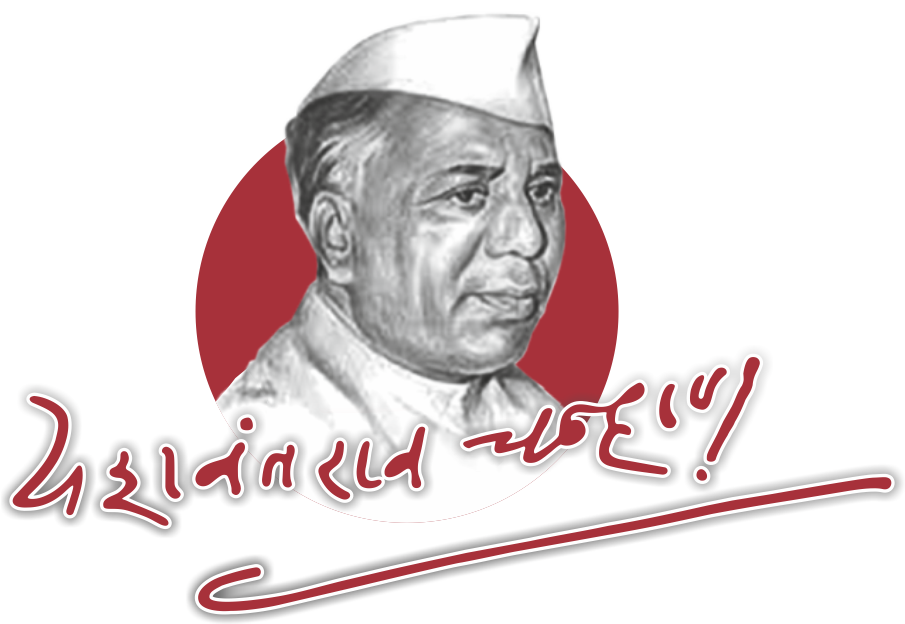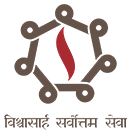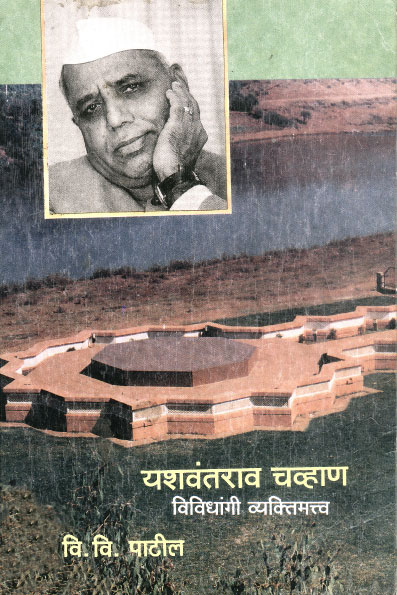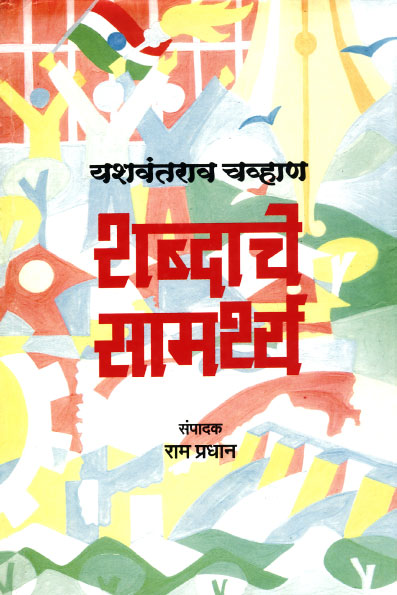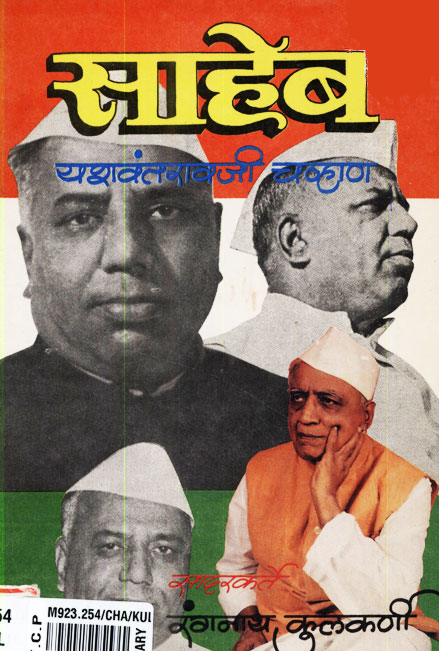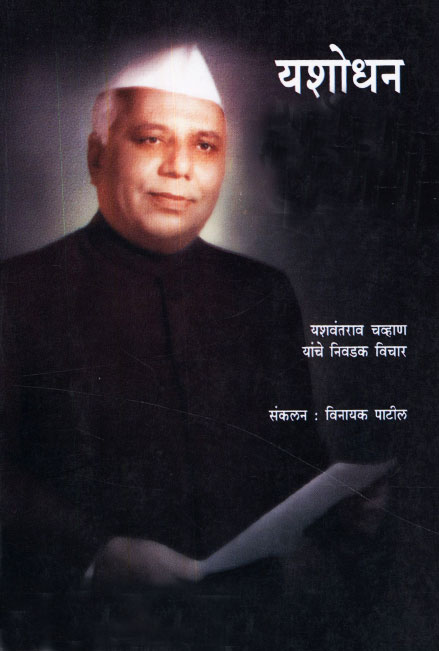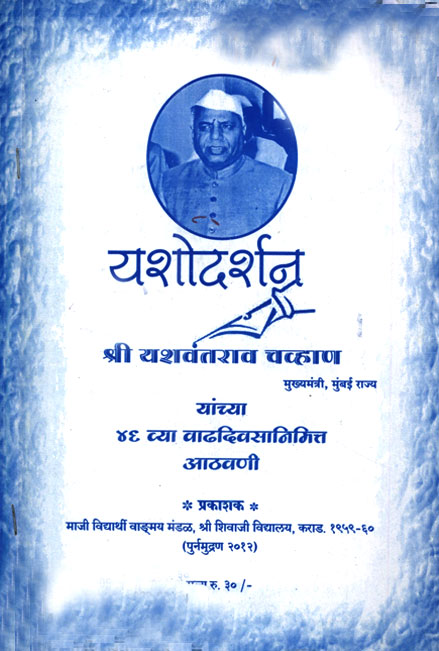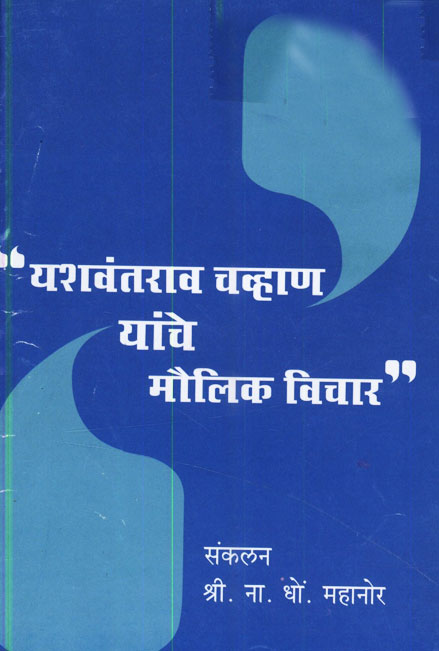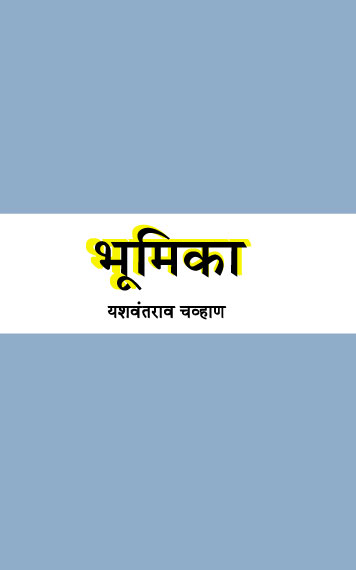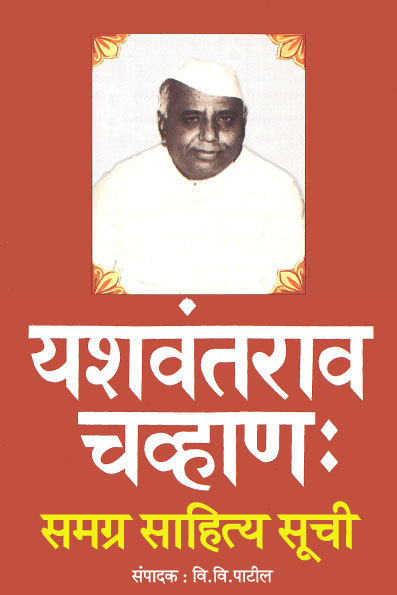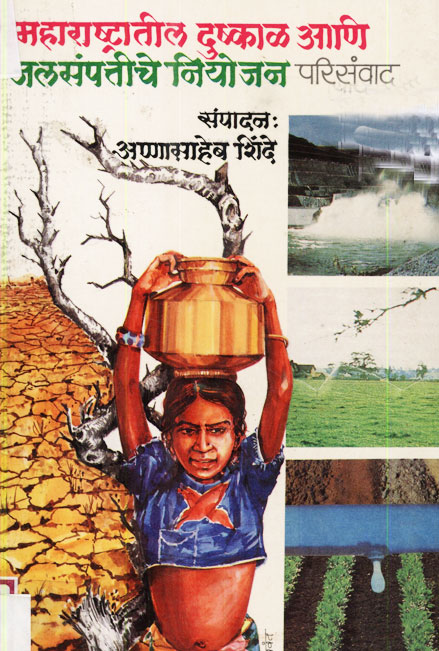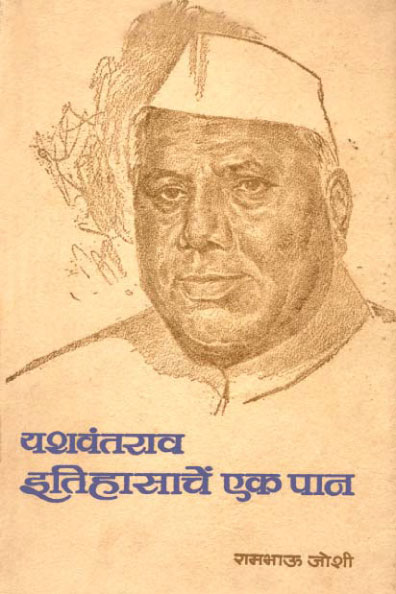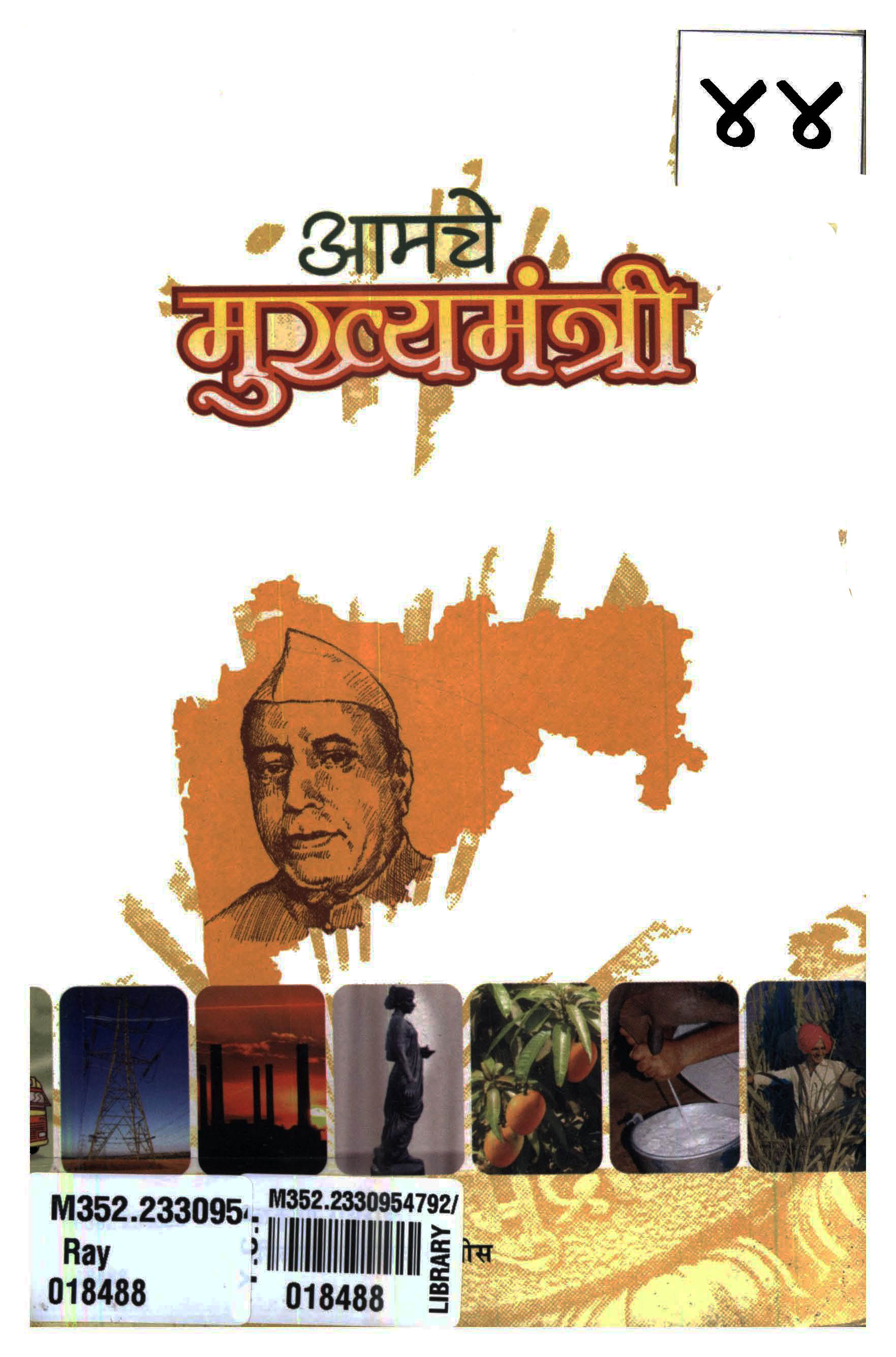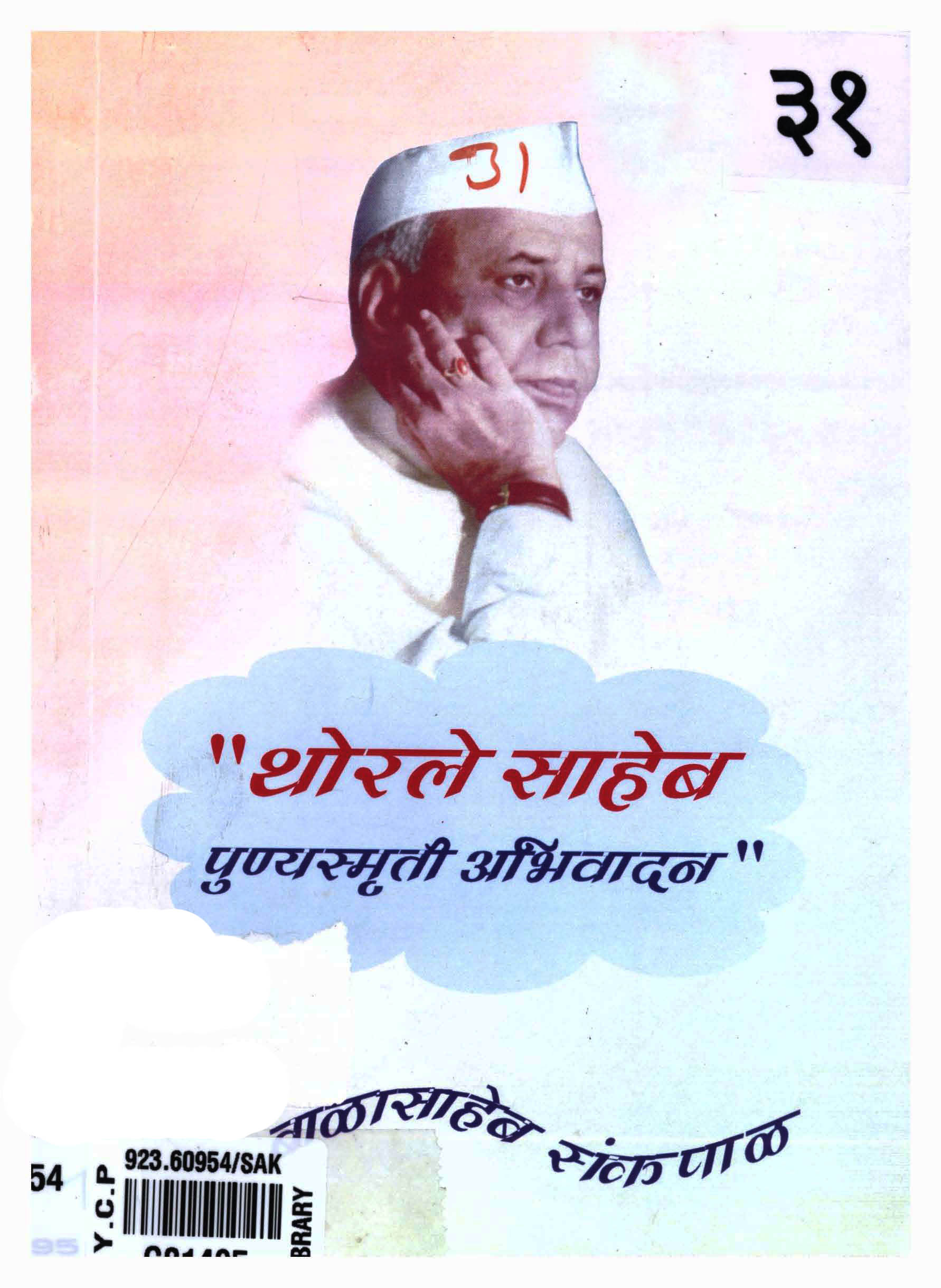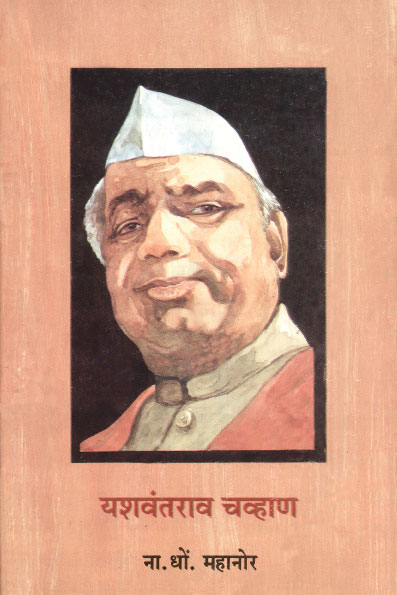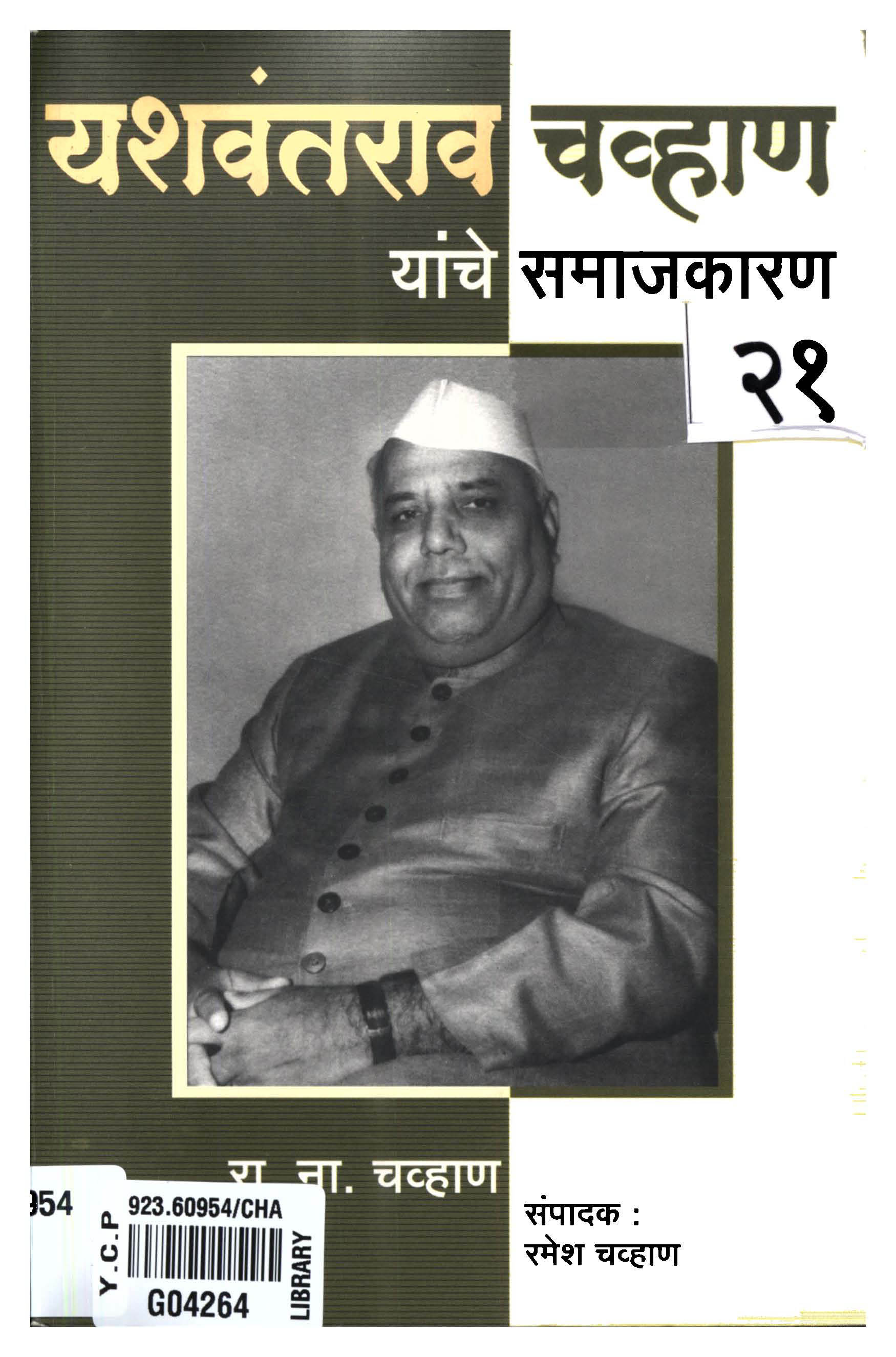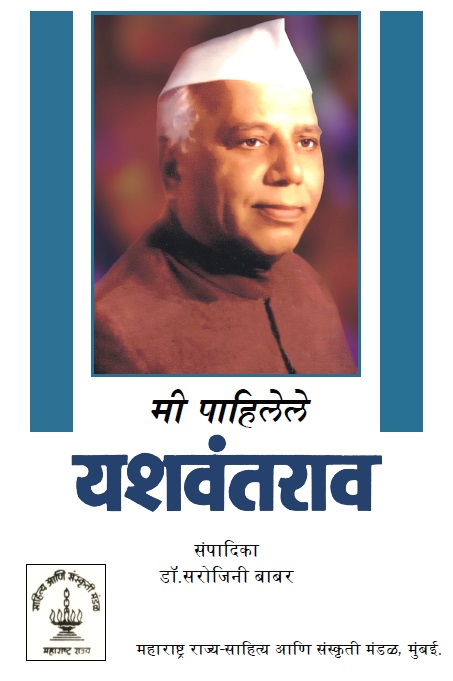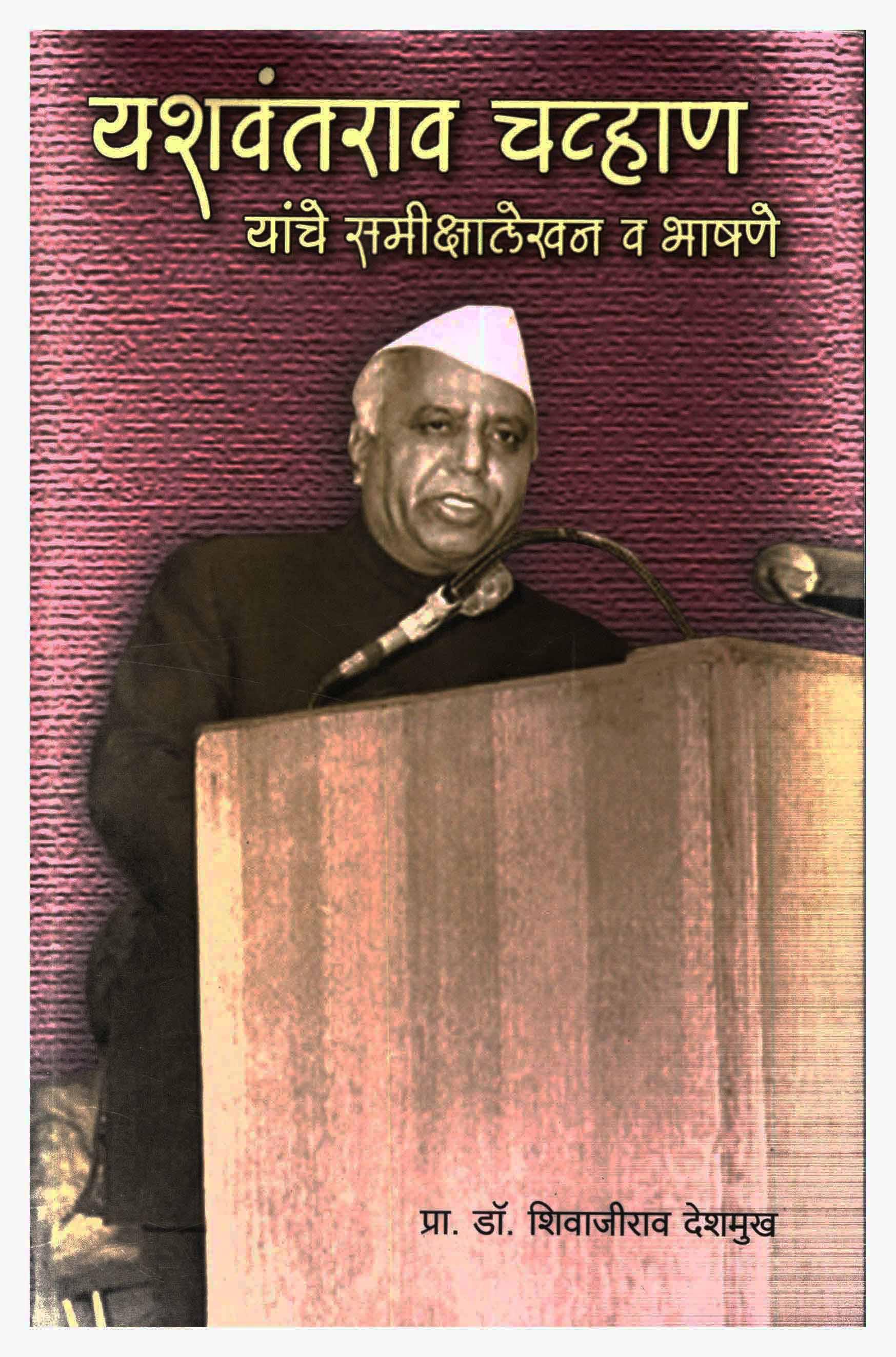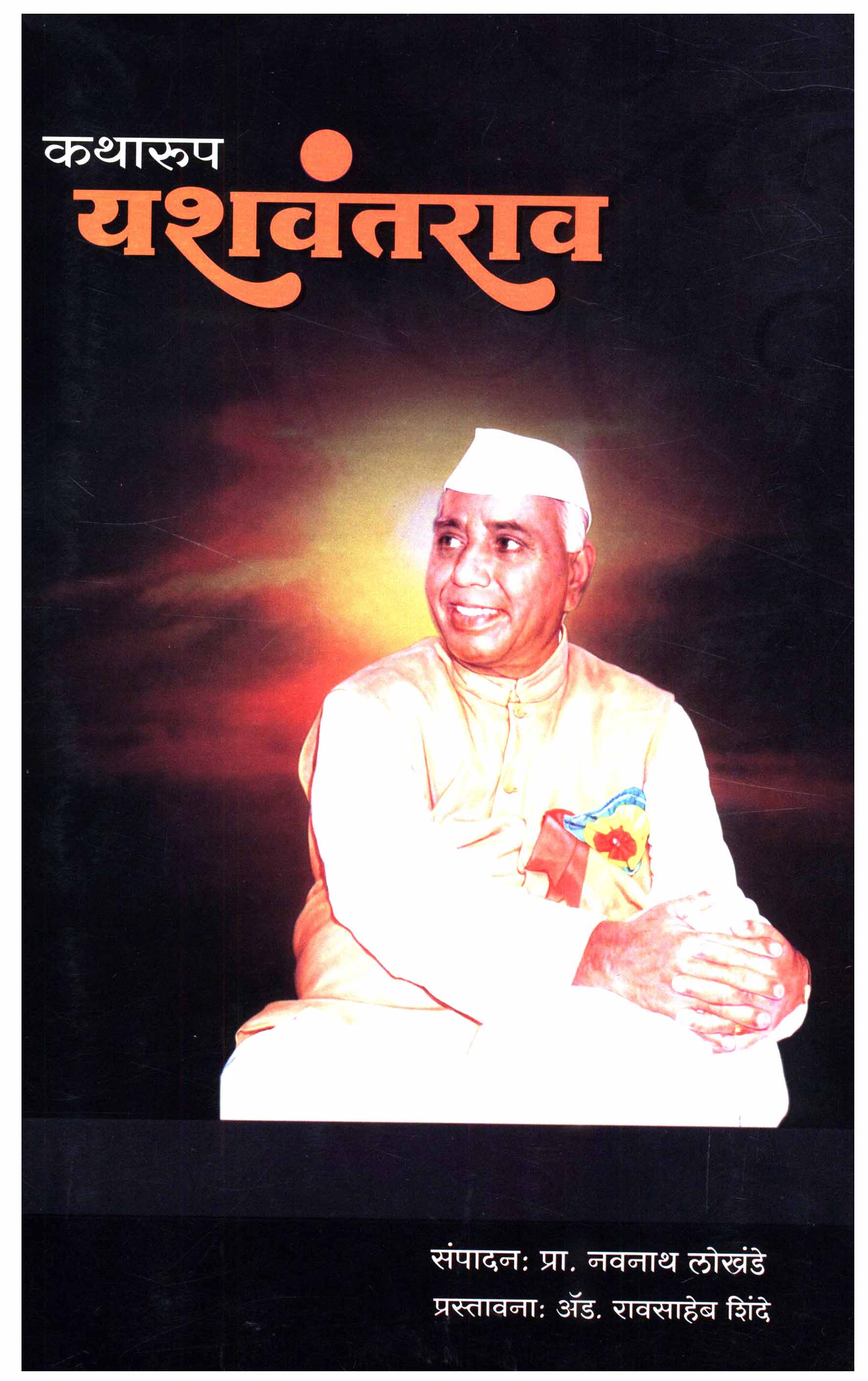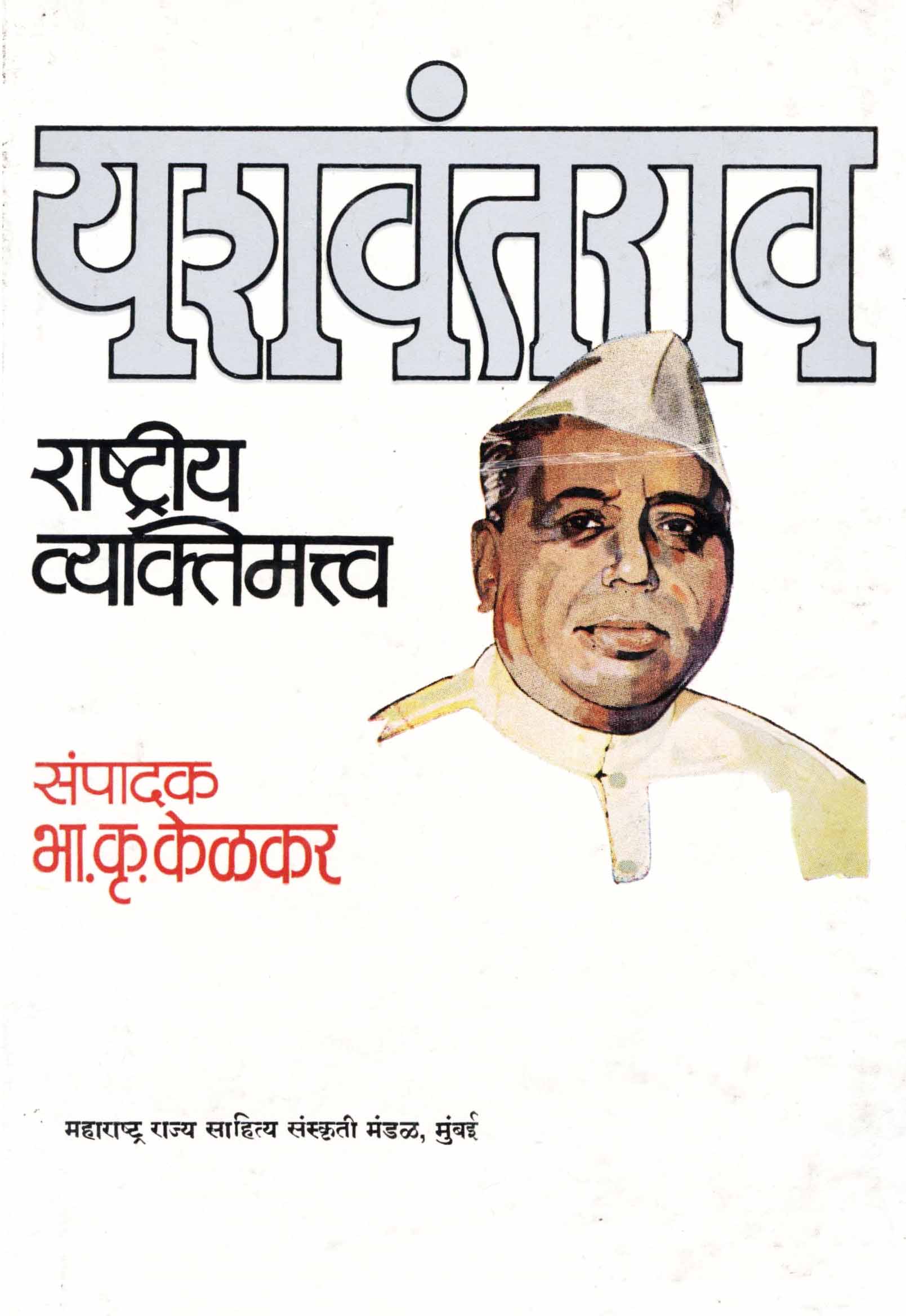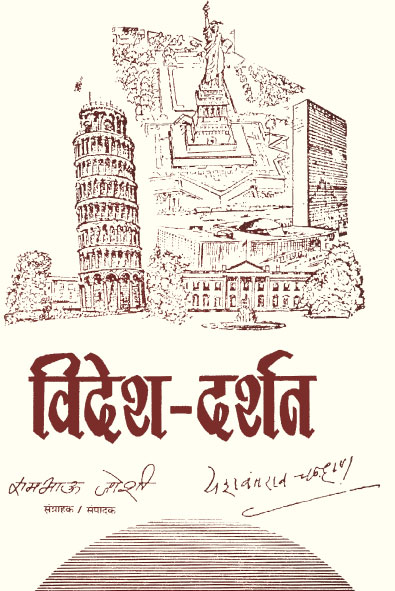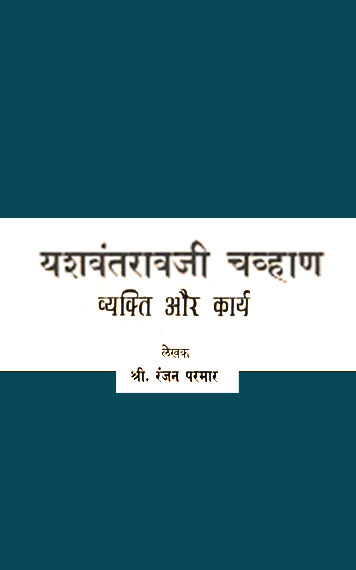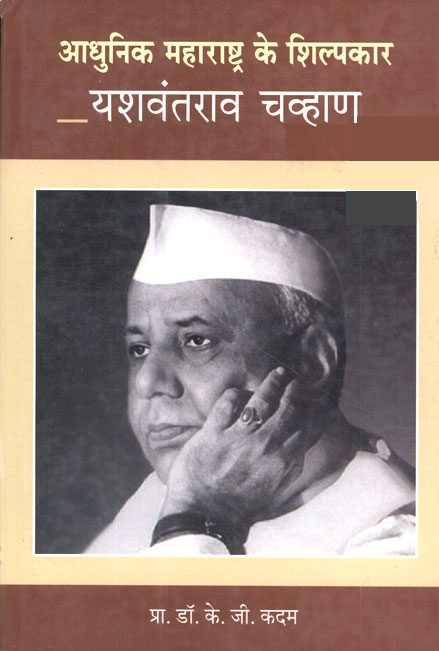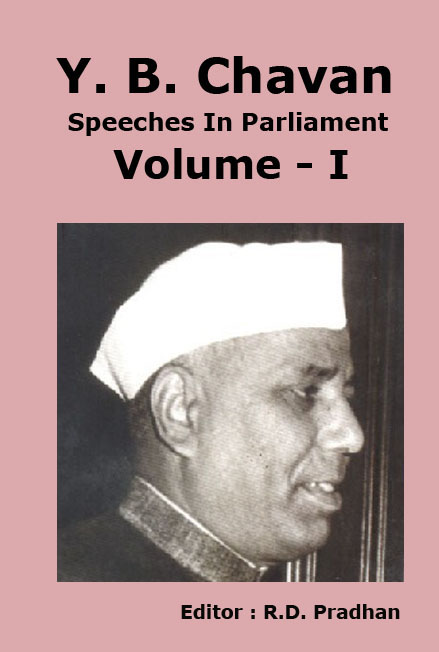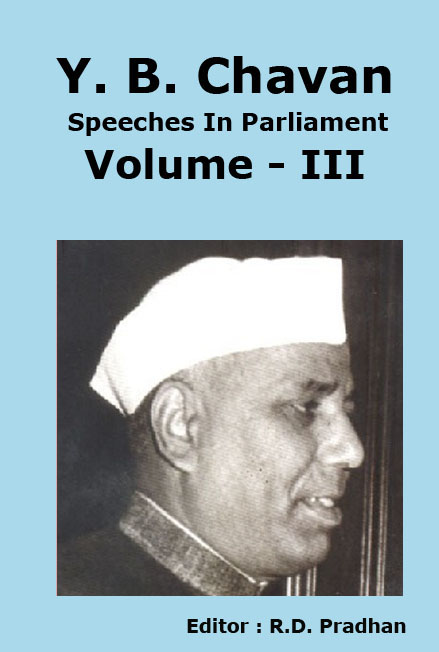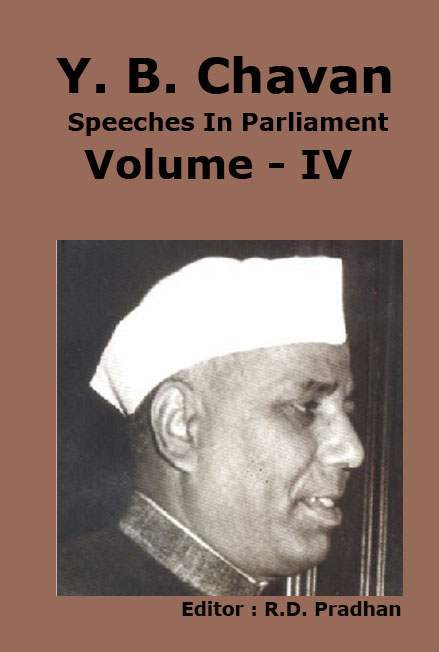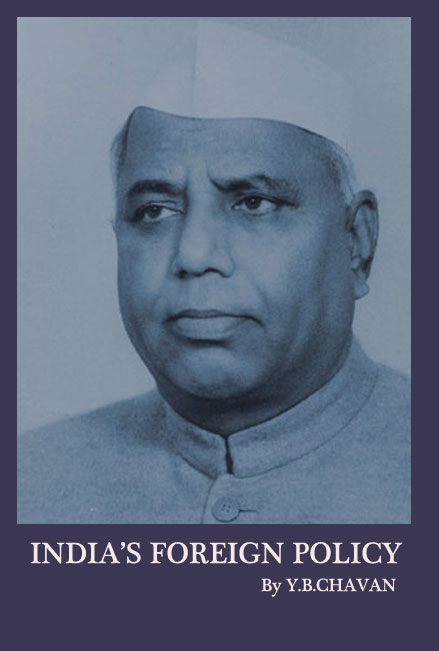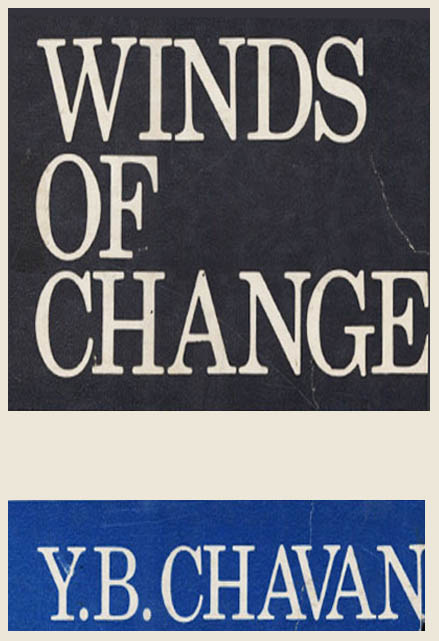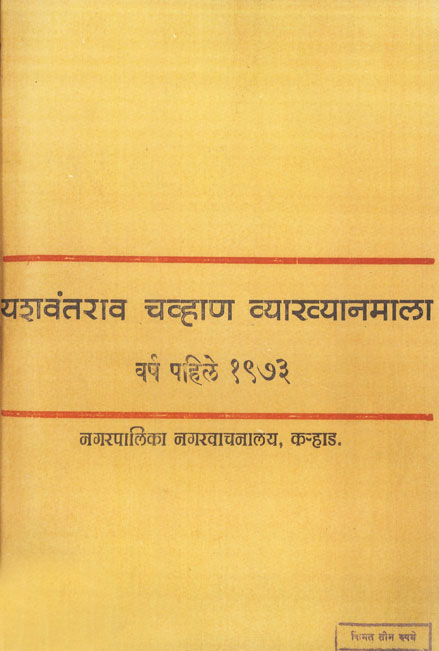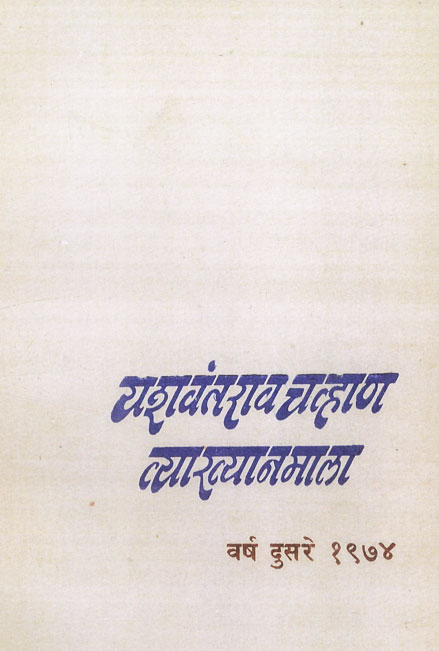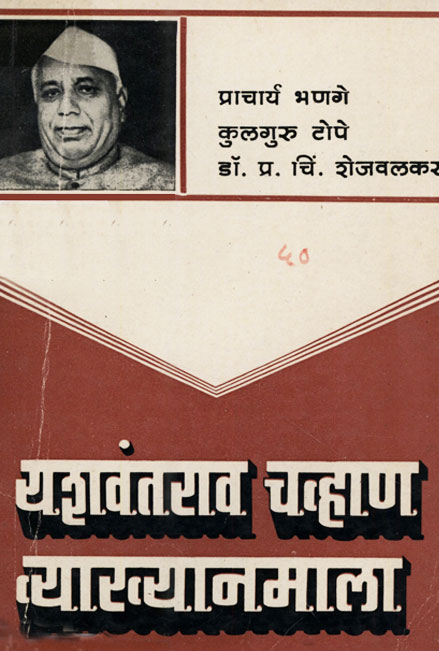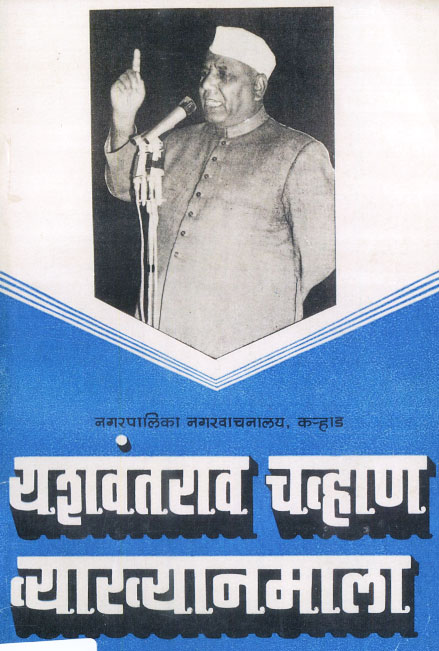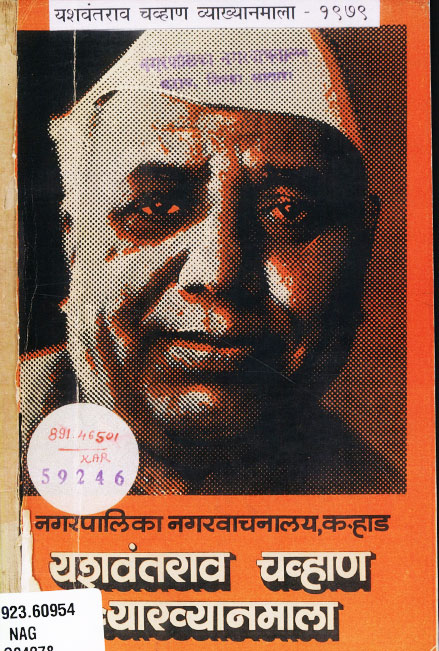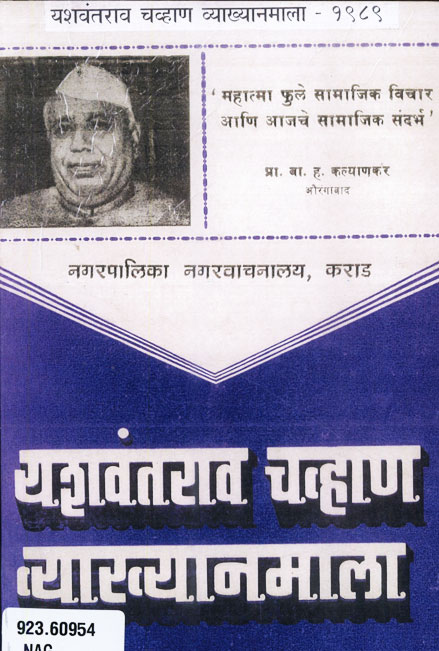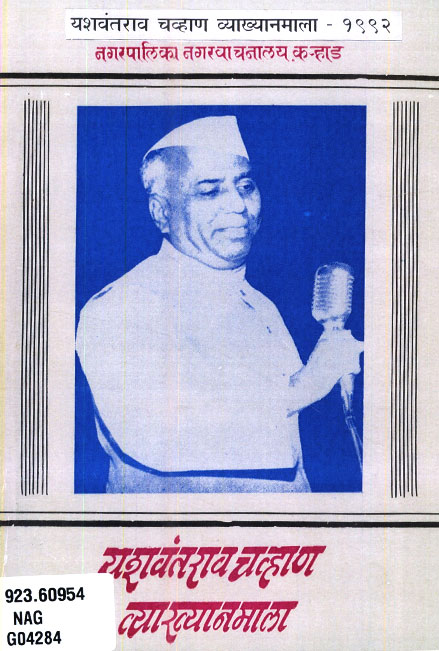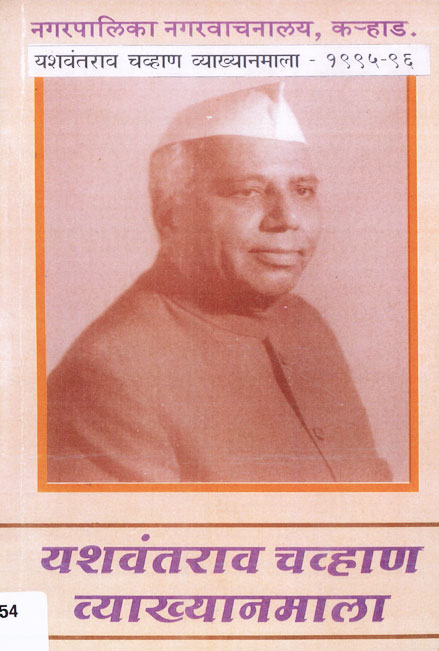He also mentioned one or two other instances to show that some members had been changing their allegiance under unhealthy influences and observed that while everyone had a right to take a decision and change it if he so desired, the circumstances in which such a thing took place had also to be considered. Finally he said that he had considered the alternative of recommending imposition of President’s rule and dissolution of the Assembly but had come to the conclusion that the normal democratic processes should be brought into play.
I would also invite the attention of the House to article 164(1) of the Constitution which says that the Chief Minister shall be appointed by the Governor and the Chief Minister as also other Ministers shall hold office during the pleasure of the Governor. The indirect check on the Governor’s discretion in this matter is that if the Chief Minister and the Ministers appointed on his advice do not command the confidence of the majority of members in the Legislative Assembly, the Government will not be able to function. The Governor must, therefore, appoint as Chief Minister a person who is likely to command the confidence of the majority of members of the Assembly. When a party or a pre-existing coalition of parties secures a clear majority at the elections, the Governor must obviously ask the leader of such a party or pre-existing coalition of parties secures a clear majority it becomes a matter of ascertaining the alignment of the Independents etc., or of a judgement as to who has the best prospect of securing additional support. This judgement may not in the event prove to be correct in every case. But until it is proved to be incorrect, it must be respected and accepted.
In exercising his discretion, the Governor was also guided by the Madras, precedent of 1952. In the Madras Assembly the Congress had emerged as the largest single party after the 1952 General Election and although there was a United Front headed by Shri T. Prakasham, the Governor invited Shri C. Rajagopalachari as leader of the Congress Party to form the Government.
The opposition parties reacted to the Governor of Rajasthan’s decision in a manner which can only be described as wholly unfortunate. Instead of waiting for the new Assembly to meet so that the strengths of the two sides could be tested in an open democratic forum, they formed a Sangharsh Samiti with Shri Kumba Ram Arya as its convenor. Highly provocative and inflamatory speeches were delivered in a meeting that was held on the evening of 4th March, 1967 and open defiance of the prohibitory orders under section 144 Cr. P. C. was encouraged by the leaders of the United Front. I have no intention of burdening this House with details of what happened between the 4th and 12th March. It is clear that a sustained agitation involving recourse to violence was built up with encouragement from the United Front. In an atmosphere vitiated by inflammatory speeches even the withdrawal of prohibitory order under section 144 Cr. P. C., which had been decided upon in view of assurances given by Maharani Gayatri Devi, did not help. Mob violence on a serious scale occured with tragic consequences which we all deeply regret. The activities of the Sangharsh Samiti did not undergo any change even after the sad incidents of 7th March, 1967 when firing had to be resorted to. The State Government had reasons to believe that a regular programme of agitational activities was to be launched from the 12th March onwards. One of the leaders of the United Front had declared his resolve that the opposition would not allow Council of Ministers to be sworn in and in case the ceremony was held secretly, the agitation would be continued.
